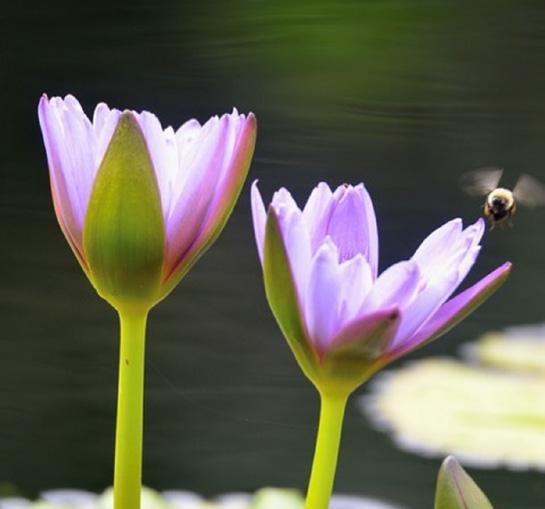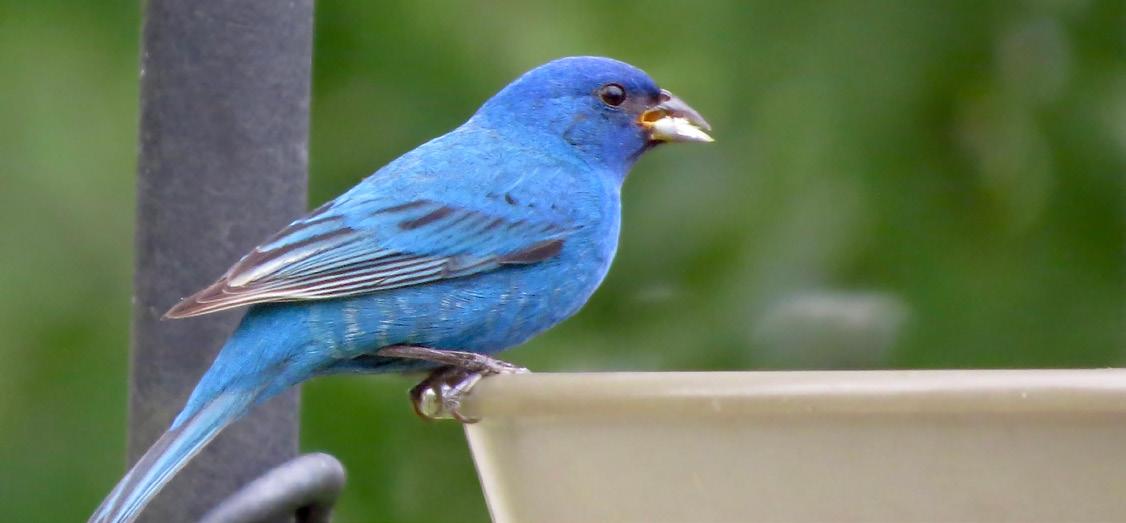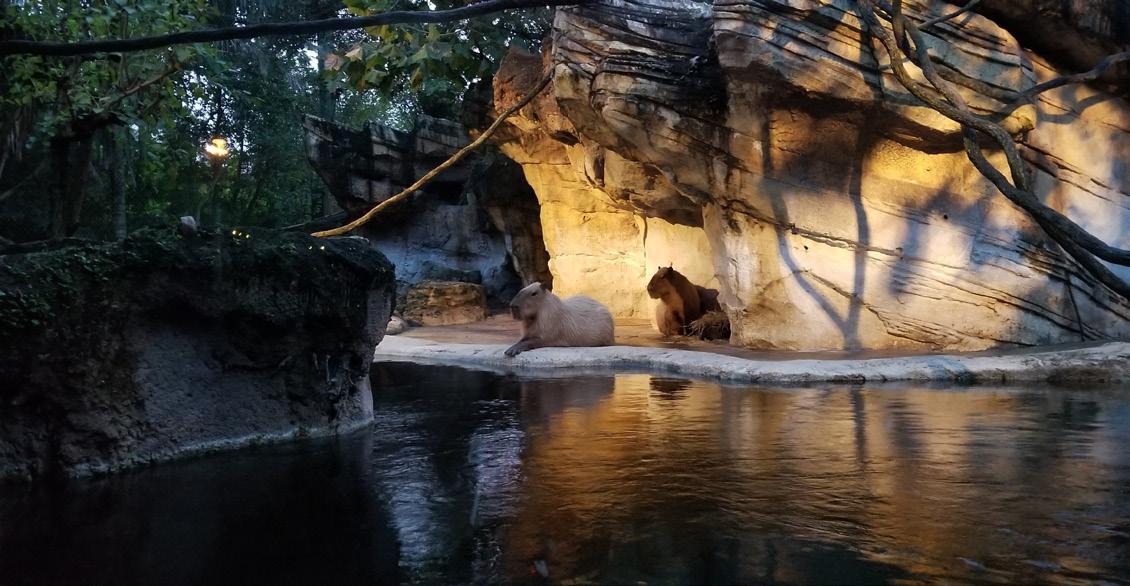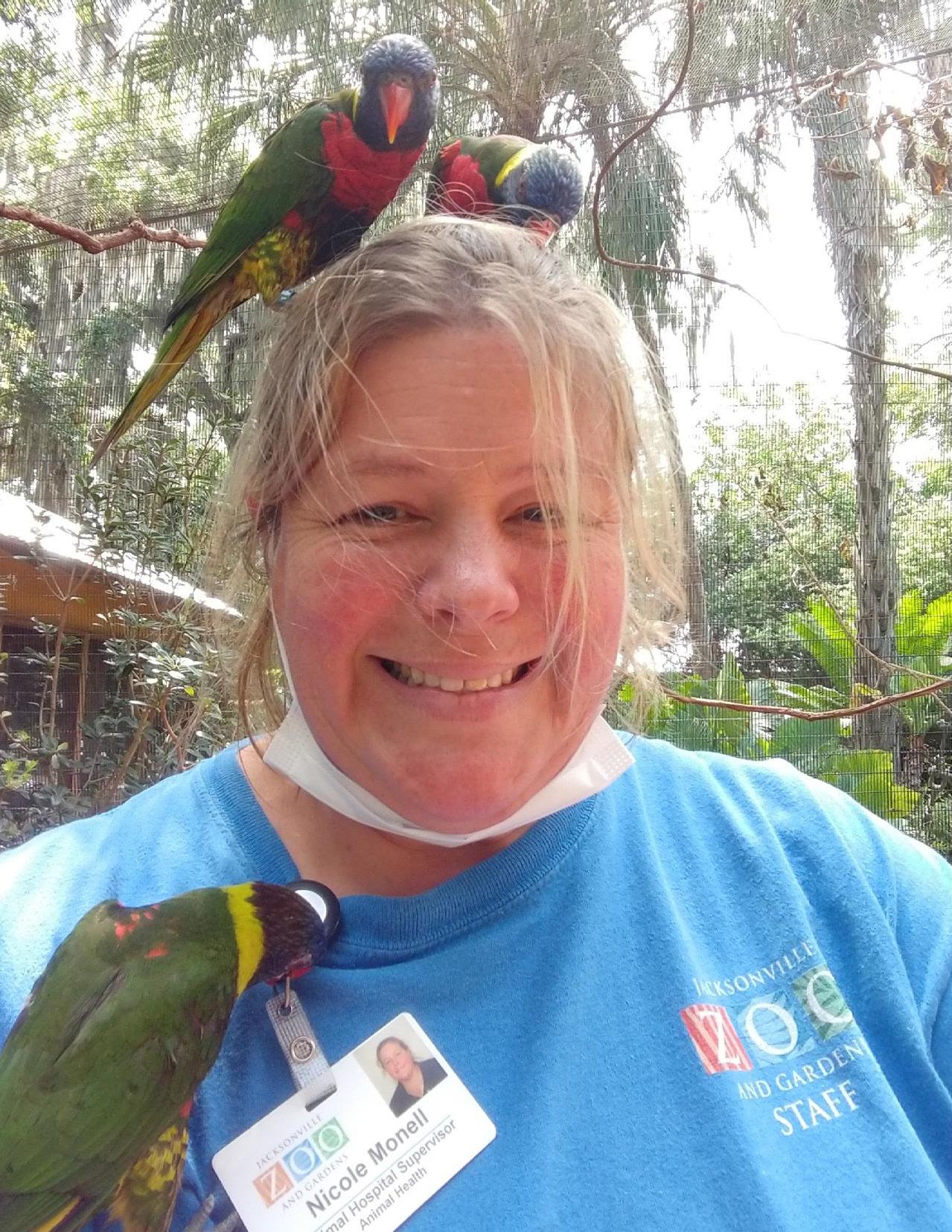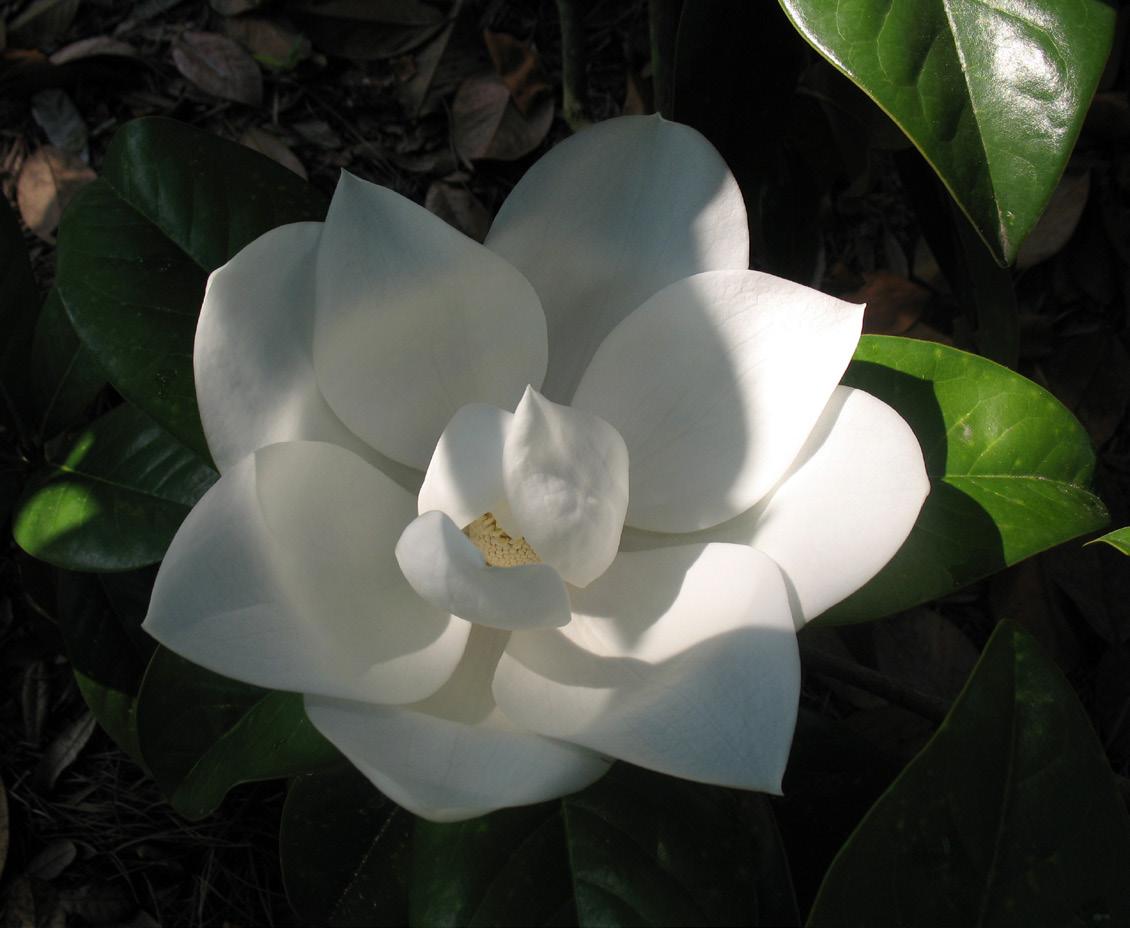SNAPSHOT SOCIETY
Zoo Photography Notes from the Field By John Reed, Photography Volunteer & Snapshot Society Teacher
While we all enjoy seeing and photographing the various animals at our Zoo, let us remember this is the Zoo and Gardens—fauna and flora! The horticulture team does a terrific job of ensuring the flora is healthy, vibrant, and beautiful all year, so there is always something great to photograph. If you are able to arrive early on your next visit, you may catch dew or sprinkler water drops on many of the plants. This makes for some really great shots. Get as close as you can or zoom in to make the water drops the clear subject of the photo. Each is like a tiny gem and for those of you with a macro lens, you can get really close and observe that the drops act like tiny magnifying glasses!
All I had to do was walk around the flower so the light hit the back of the flower. Look at the difference. The nice, dark background and flower glows. Sometimes you cannot get around to the other side of the flower because you would have to leave the walkway, but there will be other opportunities with so many gardens to explore. Here is another option if your visit is long enough: come back to the same flower later after the sun has moved in the sky and you might have a different angle. Watch for flowers on your way in and on your way out. You will notice the light is different.
No water drops? No problem. There are many other great opportunities to photograph plants. One thing you can do to make flowers “pop” is to shoot into the light. This type of light is called “backlight” and it makes anything translucent look almost electric. Take a look at these two photos. One is sort of “flat” with a bright background because the light (sun) was behind me. This is called “front light” because the light is hitting the front of the subject.
Finally, if you are looking for another type of photograph, go for wider shots that show whole patches of flowers. Different colors in the scene can make for a wonderful color palette. What appeals to most people are complementary colors such as yellow and blue, or red and green. Remember, do not be shy if you ever see me at the Zoo. Please feel free to say hello and ask any photography questions you may have.
22
WILD MAGAZINE • WINTER 2020–2021 • JACKSONVILLE ZOO AND GARDENS


